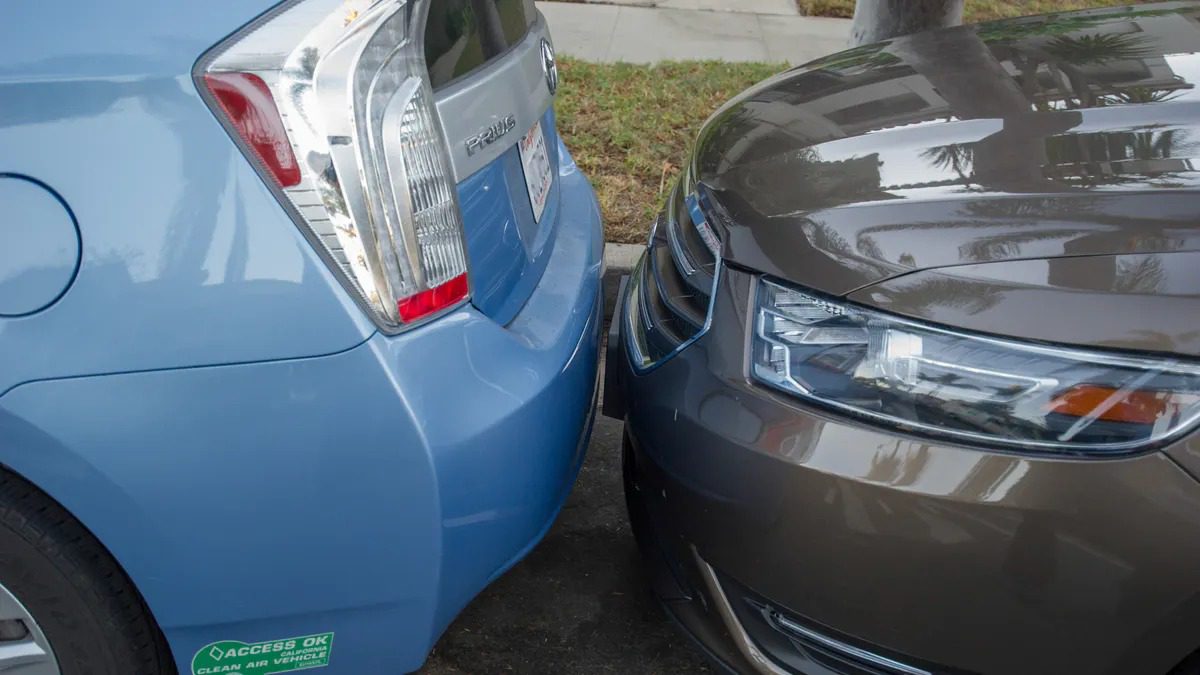
PARKING TICKETS & HOW TO AVOID THEM
Where and when to park — and not park — in big cities
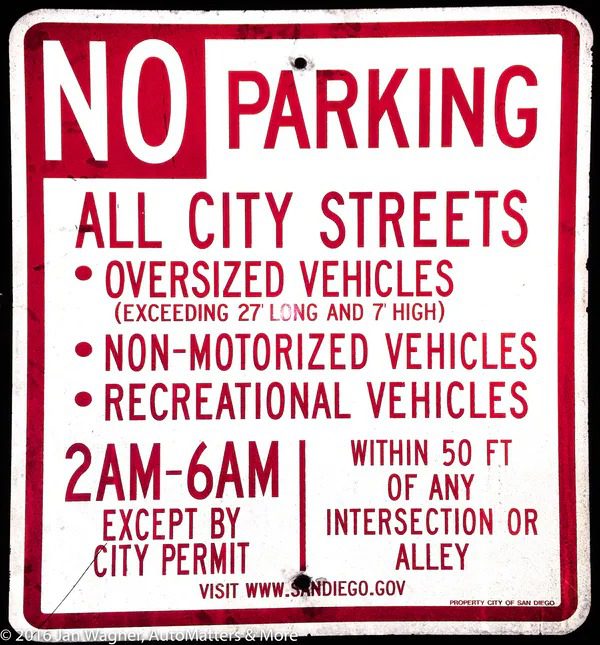
Have you ever returned to the car that you parked on a city street, to be unpleasantly surprised with an expensive parking ticket placed under your windshield wiper? That happened to me when I was visiting my daughter who lives in Los Angeles.
I was taking her to dinner one evening after she finished work in posh Beverly Hills. Rather than park on the busy commercial street or in a paid parking lot, I chose to park a few blocks away in a less busy, residential area. There was plenty of on-street parking there so we parked and walked to a Chipotle restaurant where we had a nice, relaxing dinner and conversation.
That turned out to be an unusually expensive dinner because, upon returning to our car, we discovered a $64 parking citation on my windshield. I looked around and noticed a sign way down the street, which said that parking was restricted to vehicles with parking permits.
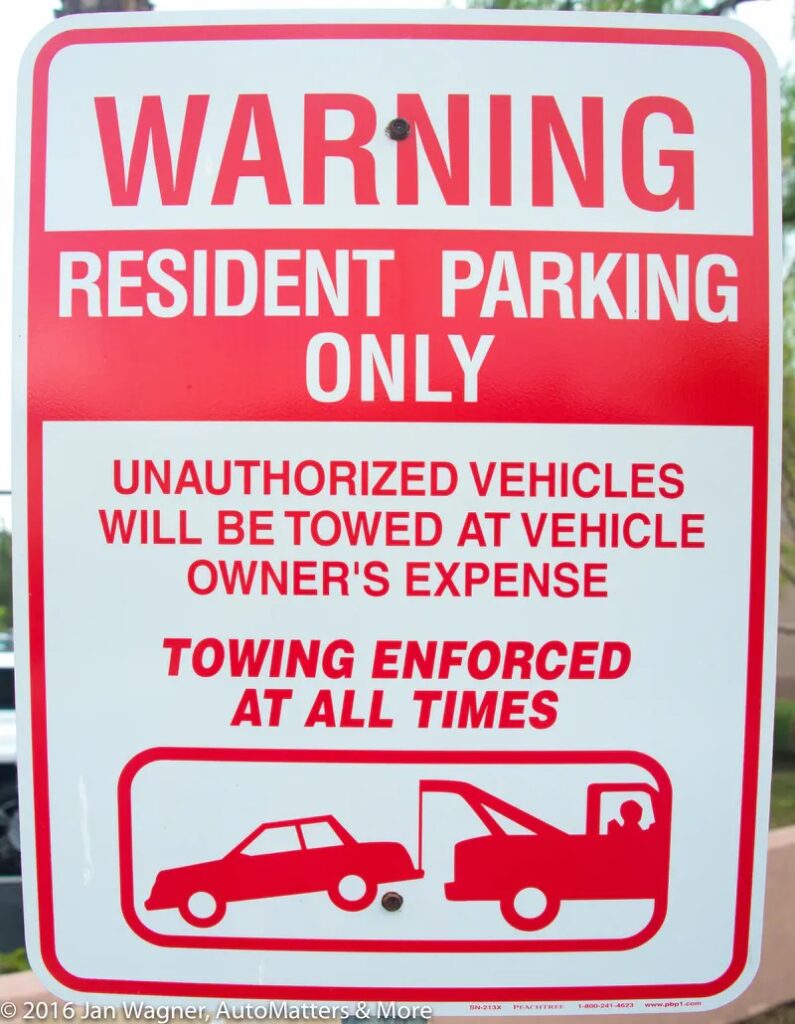
Having not seen the sign when I parked, I decided to fight the ticket by mail. The eventual reply from the Citation Review Center told me to pay the $64 soon or the fine would double. I did.
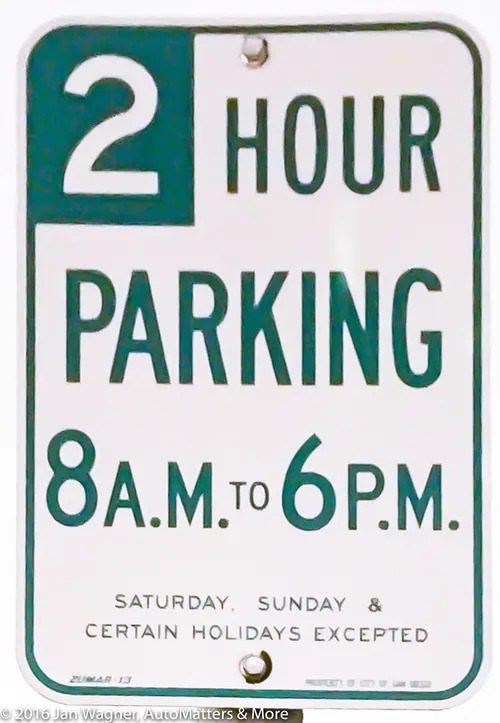
Where you wish to park, there might be several signs containing different messages that severely restrict parking so, to avoid getting a ticket, look up and down the full length of the street before leaving your car. Here are some of the more common parking regulations in San Diego (from www.sandiego.gov/economic-development/pdf/park101.pdf). Note that these rules apply whether or not there are signs or curb markings present.
Do not park, unless otherwise posted, in intersections, crosswalks or on sidewalks; in a center median strip; within 15 feet of a fire station driveway or fire hydrant; blocking any driveway; on the roadway side of a parked vehicle (double-parking); in a bus stop, in a tunnel or upon a bridge; for more than 72 hours in any one spot without moving your vehicle; in an alley, except for the purpose of unloading goods or passengers; a heavy-duty commercial vehicle in a residential area, unless the vehicle is loading or unloading goods or has a service call in the immediate vicinity; an unattached semi-trailer on any street, except for trailers used for carrying personal property or for recreational purposes; or if the parked vehicle would create a safety issue.
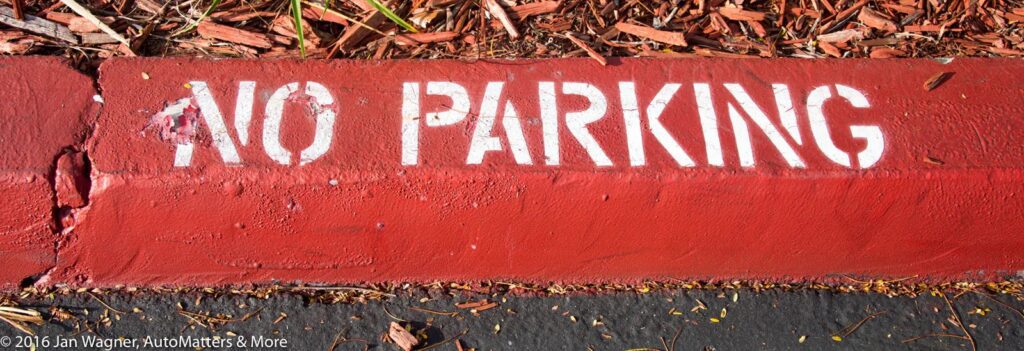
Parking zones throughout the city feature color coordinated curbs and/or signs to help drivers quickly identify general parking rules for the area. Red curbs mean no stopping at any time. When signs are used in place of a red curb, the prohibition is in effect on the days and times specified on the sign. If any part of your vehicle extends into a red zone, you may be ticketed.

Green curbs are for short-term time limit parking zones. Parking is limited to the time¬ period stenciled on the curb or posted on a sign. In most cases, the time limit is either 15 or 30 minutes. Short-term time limit parking zones are in effect 8:00 AM to 6:00 PM, Sundays and city holidays excepted.

Blue curbs identify disabled persons parking zones. Vehicles displaying a distinguishing placard or license plate issued to disabled persons by the California Department of Motor Vehicles may park here. Out-of-state and/or out-of-country placards are also honored. If you have a disabled placard or license plate, you can also park at green curbs or in time¬ limit zones with no time restriction and at metered parking spaces for free and with no time restriction. Additionally, parking in the blue crosshatch area designated for wheelchair lifts is prohibited and subject to a fine.
White curbs identify passenger loading zones. The time limit is three minutes, or ten minutes in front of a hotel, and they are in effect 24/7.
Yellow curbs are for commercial loading zones. Trucks and commercial vehicles are permitted to stop for 20 minutes to load or unload goods. Passenger vehicles may also stop for three minutes to load or unload passengers. Hours are 6:00 AM to 6:00 PM, Sundays and city holidays excepted.

Remember, especially when trying to park in an unfamiliar location, carefully look for and read all of the street signs. They may contain exceptions to the general parking regulations, and they may be difficult to see, hidden by a tall box truck or on one end of a long street. Good luck!
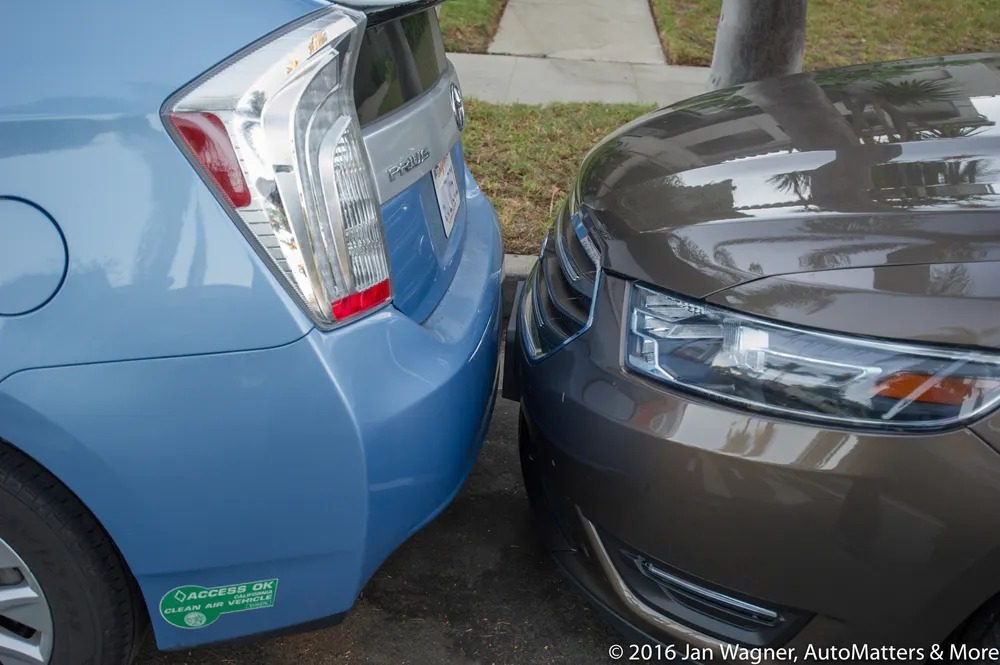
Copyright © 2016 & 2021 by Jan Wagner – AutoMatters & More #420
